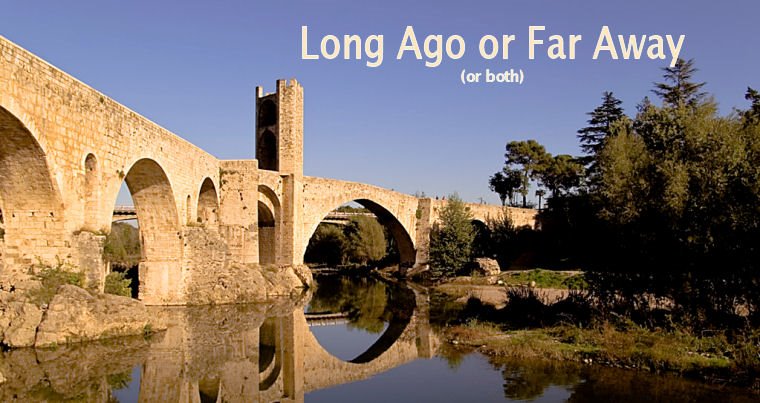Yesterday we (that is Electroblogster, Gus, Terri, Bernie and I) went for a last peek at the Vatican Exhibit. We were lucky enough to arrange to meet up with a friend of Grandma's who is an amazing tour guide. We spent three hours in there and we didn't even look at a whole bunch of stuff. She told us several stories about St. Gregory the Great.
Once there was a great famine in Rome, equal in destructive powers to the Black Plague that one raged over Europe. The newly elected St. Gregory begged God for mercy and to stop the famine. So the whole town did penance and after a time they all met around Hadrian's tomb. Then every single one of the many, many people gathered there saw an angel on top of the tomb, holding a fiery sword, then as everyone watched he sheathed his sword and everyone took it as a sign from God that there prayers were answered. The tomb was renamed The Castle of Angels.
Then there was the pantocrater, an icon with Jesus seated in the middle and Sts. Peter and Paul on either side of him. Jesus is clothed in red, divinity, with a blue(symbolizing humanity) mantle over, showing that he took on humanity over his divintity. He is holding a book on which are two bible verses,
I am the light of the worldand
Take and eat, this is my bodyThese are a very unusual combination, but also a pretty neat one.
The first is the Liturgy of the Word the second the Liturgy of the Eucharist, this is the same combination as in the Holy Mass.
Then it was on to probably my favorite part of the Exhibit, The Mandylion. Although there are many legends about the Mandylion there is one which isn't a legend which is a really cool story.
The one they have at the exhibit is only a copy of the original which was kept folded most of the time but when unfolded was a full bodied picture of Jesus. Now a copy was made, this Mandylion, The Mandylion of Edessa, and several copies were made of it, then the original disapeared. A long time later they discovered The Shoud of Turin, many chemical tests were run on it, pollen was found on it from all the places the original Mandylion was known to have been. Carbon dating tests were run on it, those were less encouraging, they said that this cloth was over 1000 years younger than it should be, but later it was discovered that carbon dating tests are off 1000 to 1500 years off if a certain kind of bacteria is on the cloth, that bacteria was found on the Shroud of Turin. The Shroud is fading, due to many pictures taken of it, but we can see the face still in the Mandylion, or in Veronica's veil, the beautiful faces are identical.
The Mandylion's frame, though quite impressive studded with gems galore is nothing compared to the actual painting. One more thing is really cool, whatever direction you are looking from He is looking at you.
I am running out of time so I am only going to post one more story, that of St. Stanislaw. He was the Archbishop of Cracow, and consequently of Poland. Now the king of Poland at that time was a really bad king, so after repeated warnings to stop his evil ways and the kings persistent wickedness St. Stanislaw excommunicated him. The king ignored it and one day decided to go to Mass at the cathedral. St. Stanislaw saw him there and told him to leave, the king refused, St. Stanislaw stopped the Mass. The king, being just a bit hasty, went up to the altar grabbed the bishop by the neck and strangled him. Then he had to run away from the wrath of the people. He fled to a monastary where he did penance for his sin, and had such a change of heart that after his death he was declared a Blessed. Now that is a really cool story.
Well I have spent enough time on the computer but expect another post from Gus shortly.

